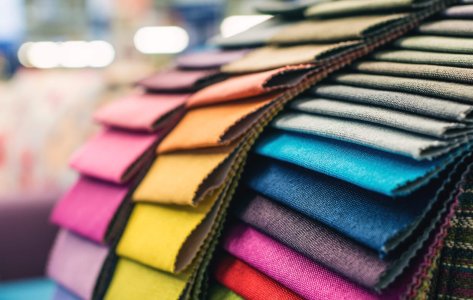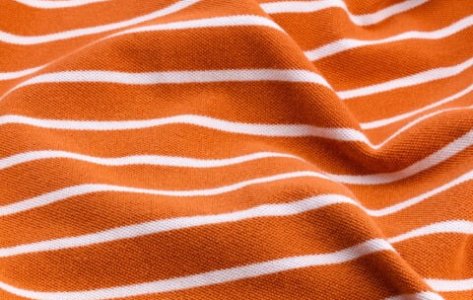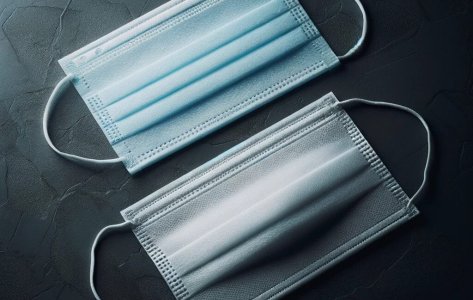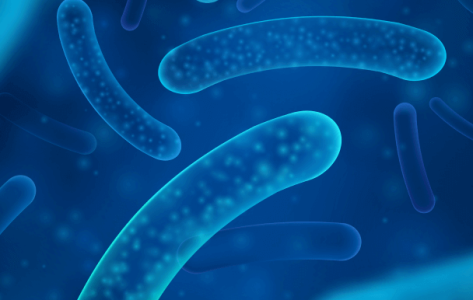- Swiss testing laboratory
AATCC 174: 2022

Hassle-free testing experience
Need to get a product tested? No worries! To and fro logistics are on us; we collect your products, test them and, deliver them back to you.
Quick understanding of the test
AATCC 174: 2022 - Test Method for Antimicrobial Activity of New Carpets
- Staphylococcus aureus (ATCC 6538P)
- Klebsiella pneumoniae (ATCC 4352)
- Aspergillus niger (ATCC 16888)
- Carpet samples are inoculated with bacterial or fungal suspensions.
- For qualitative antibacterial testing (Test I), treated and untreated samples are placed on inoculated agar, and inhibition zones are observed after incubation.
- For quantitative antibacterial testing (Test II), bacterial inoculum is spread onto pre-wetted carpet samples and bacterial counts are determined using neutralization and plating techniques.
- For antifungal testing (Test III), treated and untreated samples are incubated with Aspergillus niger, and fungal growth is examined after 7 days.
- Provides both qualitative and quantitative assessments of antibacterial and antifungal properties.
- Demonstrates adherence to industry standards, particularly important for manufacturers exporting carpets to regulated markets.
Turnaround Time
It typically takes 3-4 weeks.
Passing criteria
Qualitative Antibacterial: A clear zone of inhibition around the treated sample indicates antibacterial activity.
Quantitative Antibacterial: A significant reduction in viable bacterial count compared to untreated control is required.
Antifungal: Minimal or no fungal growth on treated samples demonstrates antifungal efficacy.
Do you have a product that needs testing?
Abstract
AATCC 174 is a test standard developed by the American Association of Textile Chemists and Colorists to assess the antimicrobial efficacy of new carpets. The standard provides 3 testing methods, including qualitative and quantitative assessments against bacteria and molds.
Test I is designed for the qualitative and quantitative assessment of the antibacterial activity of and is similar to the AATCC 147 test method (zone of inhibition test) with a slight variation. In AATCC 147, the test sample is placed on multiple bacterial streaks or a lawn; however, in AATCC 174 test I, the test sample will be placed on a single streak of bacteria.
Test II also provides a qualitative and quantitative assessment of antibacterial activity and is similar to AATCC 100 with an adjusted inoculum volume.
Test III is designed for the qualitative assessment of antifungal activity and is similar to AATCC 30 (test III).
Types of AATCC 174 Test Methods
1) AATCC 174 Test I - Qualitative antibacterial assessment, single streak method
- Molten agar medium is poured onto sterile Petri plates and allowed to solidify.
- The test suspension is diluted 1:10 using sterile distilled water.
- The diluted test suspension is then streaked onto the solidified agar plate.
- Test samples (treated and untreated) are cut into 25mmx50mm rectangle pieces and placed on the inoculum streak.
- Test samples are incubated for 18-24 hours at the appropriate temperature.
- After incubation, the plates are examined for a zone of inhibition around the sample.
- If present, the clear zone is measured and recorded.
2) AATCC 174 Test II – Quantitative assessment of antibacterial activity on carpets
- The test suspension (Staphylococcus aureus or Klebsiella pneumoniae) is diluted using nutrient broth or sterile saline solution.
- The test and control carpet samples are pre-wetted and inoculated with the test suspension, in triplicate.
- Immediately after inoculation, the initial microbial concentration is determined at ‘time zero’ through elution, followed by dilution and plating of control samples.
- The test samples are incubated for 24 hrs.
- After incubation, final microbial concentration is determined and the reduction in microbial count is compared with the initial microbial concentrations and the control samples.
3) AATCC 174 Test III – Qualitative antifungal assessment (mildew and rot resistance of carpet materials)
- The test suspension containing spores of Aspergillus niger is inoculated onto agar plates.
- Control and test samples are pre-wetted, placed on the agar and then inoculated with fungal spores.
- Test samples are inoculated with carpet fibers face up and face down.
- The petri plates are sealed and incubated for 7 days at the appropriate temperature.
- After incubation, the inoculated test samples are examined for fungal growth and then rated based on the clear zones around the sample (in contact with the agar) and the fungal growth that is present on the face up portion of the sample.
Strengths of AATCC 174 Test
- Provides a standard method to evaluate both antibacterial and antifungal activity of the carpets.
- Both qualitative and quantitative assessment of the product can be done.
Weaknesses of AATCC 174 test
- The standard does not specify a passing criteria.
- The zones formed in test I may vary (does not have clear boundaries).
Conclusion
At MIS, we offer a wide array of testing services, primarily to industries that manufacture antimicrobial textiles, disinfectants, paints and coatings. AATCC 174 testing protocols are strategized and implemented by our highly experienced microbiology experts. We utilize cutting-edge technologies and methodologies to achieve greater accuracy in the results of our analytical processes.
To get a quote on the AATCC 174 test method, please contact our experts now.
Frequently Asked Questions

DR. Martinoz Scholtz
AATCC 174 specifies antibacterial and antifungal test methods to assess the efficacy of antimicrobial carpet materials.
The test takes 3-4 weeks to complete.
At Microbe Investigations, we use the following bacterial and fungal strains for testing: Staphylococcus aureus (ATCC 6538P), Klebsiella pneumoniae (ATCC 4352), and Aspergillus niger (ATCC-16888). Additional strains include Pseudomonas aeruginosa (ATCC 15442), Escherichia coli (ATCC 8739), Enterococcus hirae (ATCC 10541), MRSA (ATCC 33591), Salmonella enterica (ATCC 10708), Candida albicans (MTCC 3017).
This test method is primarily used to test the antimicrobial activity of new carpet materials, assessing both antibacterial and antifungal activities on carpet fibers and materials.
The test provides a standardized way to evaluate the efficacy of antimicrobial treatments on textiles, ensuring treated carpets maintain hygienic standards and reduce the risk of microbial contamination in indoor environments.
The test ensures efficacy through three specific procedures: qualitative assessment of antibacterial activity (Test I), quantitative assessment of antibacterial activity (Test II), and qualitative assessment of antifungal activity (Test III).
To pass, a textile product must show sufficient antimicrobial activity, measured by the presence of a clear zone of inhibition around the test sample or a significant log reduction in bacterial load. In antifungal assessments, the absence or minimal growth of fungi on or around the test sample verifies the textile passes the test.
This test is specifically designed for carpet materials and includes both antibacterial and antifungal assessments. It differs from tests like AATCC 147 and AATCC 100, which are more general and can be applied to various textiles and fabrics.
Common challenges include ensuring consistent and representative sampling, maintaining sterile conditions to avoid contamination, accurately preparing and standardizing bacterial and fungal cultures, and interpreting results, especially in borderline cases where microbial growth is minimal.
Manufacturers should ensure textile products are clean and free from prior contamination. Proper documentation of antimicrobial treatments applied and preparation of samples according to specified dimensions and conditions are crucial. Following any specific pre-conditioning steps recommended for the test is also important.
The frequency of testing depends on the use case and regulatory requirements. For new product development, testing should be done during the R&D phase and after significant changes to the treatment process. Periodic re-testing may be required for quality assurance and to ensure ongoing efficacy of antimicrobial treatments.
After passing the test, a detailed report is provided, including descriptions of test procedures, conditions, results (zones of inhibition, percentage reductions, log reductions), and observations. This documentation validates antimicrobial claims and provides evidence of compliance with industry standards.
Meet the best of the blend of
R&D, Efficacy Testing,
Innovation and Passionate
Experts at MIS.


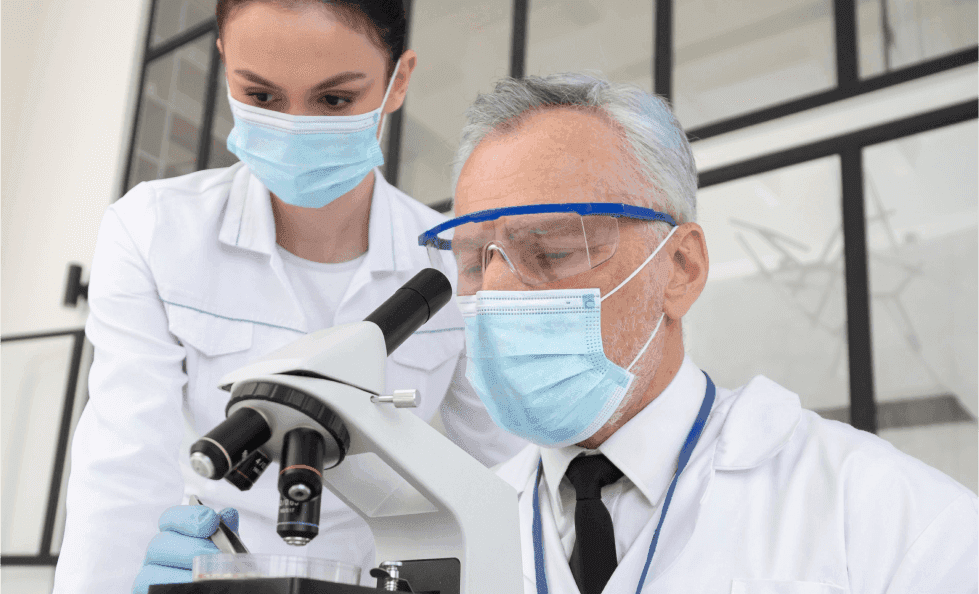
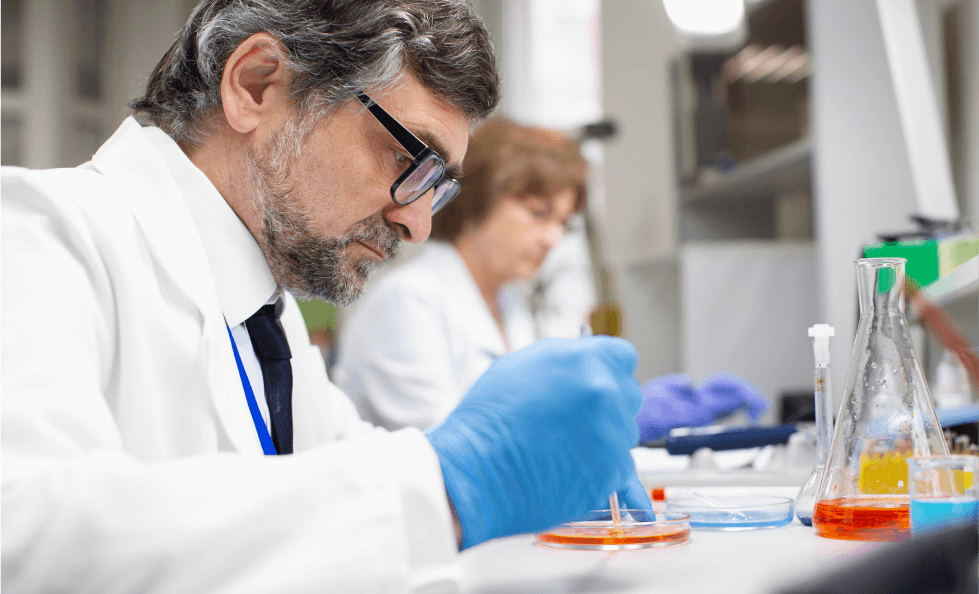
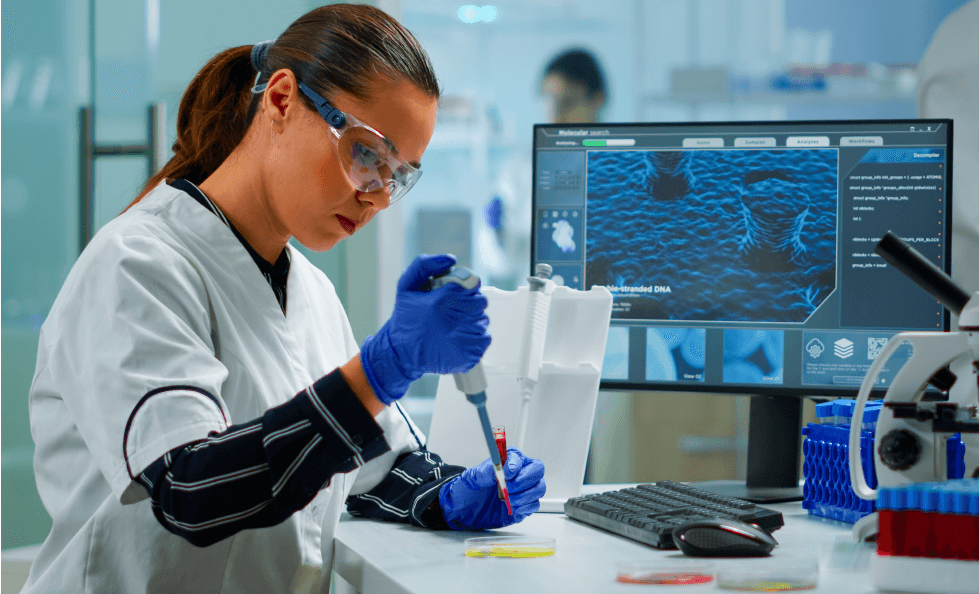
Explore More
Picture a fabric that goes
Face masks coated with antibacterial
Introduction The Japanese Industrial Standards
